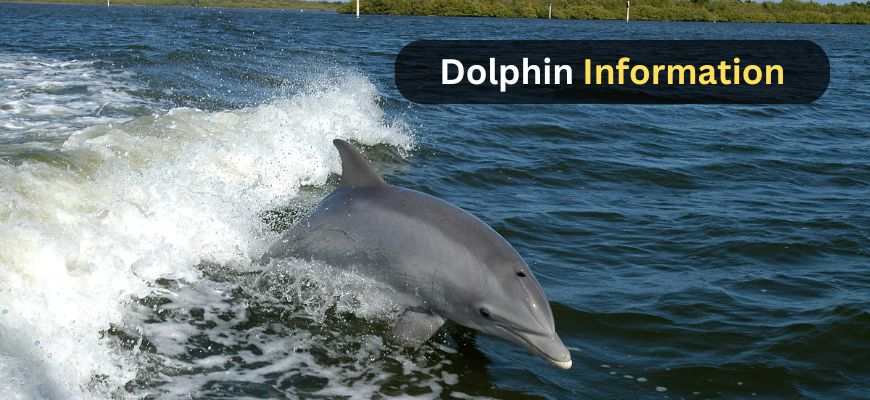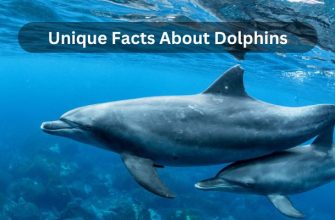Dolphins are among the most intelligent and fascinating marine mammals on Earth. Known for their playful behavior, high intelligence, and strong social bonds, dolphins have captivated humans for centuries. In this article, we’ll dive into comprehensive dolphin information, including various species, behaviors, habitats, and their significance in marine ecosystems.
Whether you’re a student, teacher, enthusiast, or researcher, this guide provides valuable dolphin information for kids and adults alike. We’ll also touch on unique species like the pink dolphin, Amazon river dolphin, and spinner dolphin, ensuring a well-rounded understanding of these remarkable animals.
Table of Contents
General Dolphin Information: A Smart and Social Mammal
Dolphins are cetaceans, a group that includes whales and porpoises. They belong to the family Delphinidae and are found in oceans and some freshwater rivers across the globe.
- Average Lifespan: 20 to 60 years (species dependent)
- Size Range: 4 feet to 30 feet
- Diet: Fish, squid, and crustaceans
- Communication: Echolocation, clicks, whistles
They are highly social animals, living in pods of 5 to 20 individuals, though some pods can have hundreds. They use sophisticated sound-based communication and have even shown problem-solving and emotional intelligence in studies.
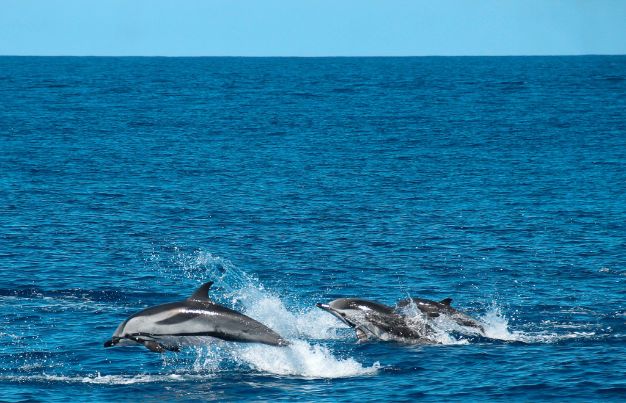
Dolphin Information for Kids: Fun and Educational Facts
For children, learning about dolphins can be both exciting and educational. Here are some easy-to-understand dolphin facts for young learners:
- Dolphins sleep with one eye open.
- Baby dolphins are called calves.
- They can leap up to 15 feet out of the water.
- Bottlenose dolphins are the most commonly seen species.
This kind of dolphin information for kids helps nurture a love for marine life and a desire to protect it.
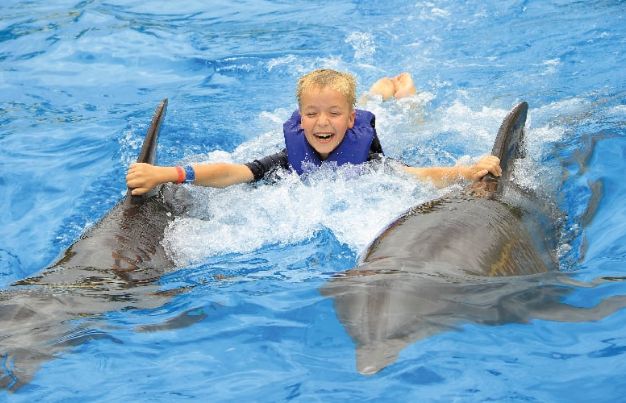
Bottlenose Dolphin Information: The Most Familiar Dolphin
Bottlenose dolphins are perhaps the most recognized dolphin species due to their presence in aquariums and TV shows.
- Scientific Name: Tursiops truncatus
- Habitat: Coastal and offshore waters worldwide
- Color: Light gray with a darker back
- Known For: Intelligence and adaptability
These dolphins are often trained for therapy, rescue, and research programs due to their strong cognitive abilities.
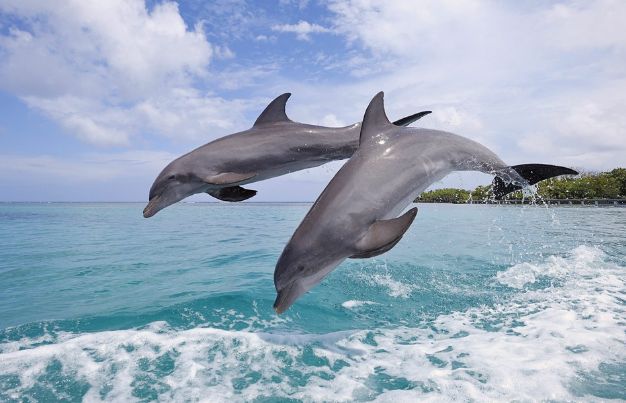
Pink Dolphin Information: The Rare Beauty of the Amazon
The pink dolphin, also known as the Amazon river dolphin or boto, is one of the most unique freshwater dolphins in the world.
- Scientific Name: Inia geoffrensis
- Color: Gray at birth, turning pink with age
- Habitat: Amazon and Orinoco rivers
- Threats: Habitat loss and pollution
Their color intensifies due to blood vessels and scar tissue. These dolphins have unfused neck vertebrae, allowing them to turn their heads fully—a rare trait among dolphins.
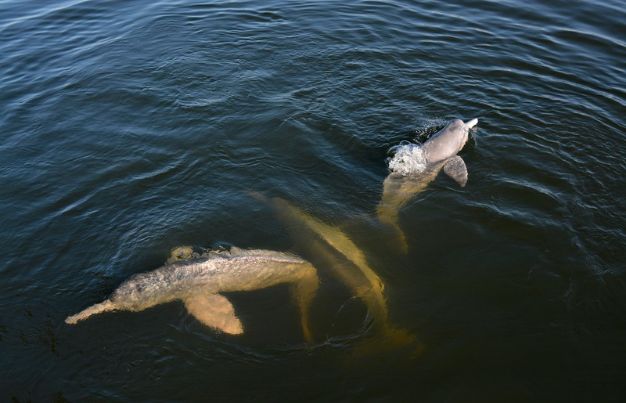
Amazon River Dolphin Information: A Freshwater Survivor
Closely related to the pink dolphin, the Amazon river dolphin thrives in freshwater ecosystems and is critically important for ecological balance.
- Lives in flooded forests during the wet season
- Eats over 50 species of fish
- Faces threats from damming, pollution, and overfishing
Their ability to navigate through murky water using echolocation makes them an exceptional species for understanding aquatic adaptation.
Winter the Dolphin Information: A Story of Hope and Innovation
Winter the dolphin became globally recognized after surviving with a prosthetic tail. Rescued in 2005, Winter lost her tail due to entanglement but lived a fulfilling life with a custom prosthesis.
- Species: Bottlenose dolphin
- Location: Clearwater Marine Aquarium, Florida
- Legacy: Inspired prosthetic innovations and global conservation awareness
Her story was depicted in the movie Dolphin Tale, encouraging interest in marine rehabilitation.
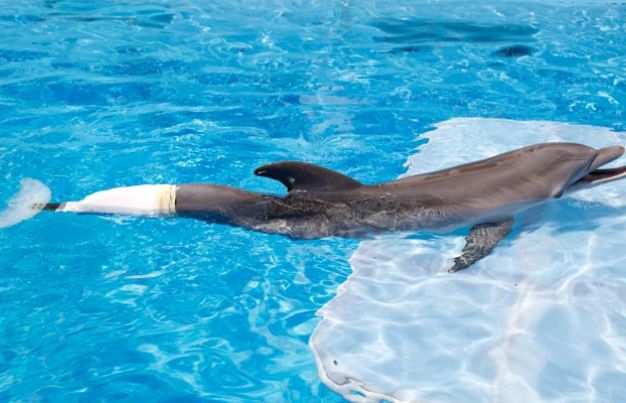
Spinner Dolphin Information: Acrobat of the Seas
Spinner dolphins are known for their aerial acrobatics, often spinning multiple times in the air.
- Scientific Name: Stenella longirostris
- Notable Behavior: Spins while leaping
- Social Nature: Travel in large, dynamic pods
Their spins are believed to be both communicative and playful behaviors, a trait unique to their species.
Hector’s Dolphin Information: The Smallest Dolphin
Among the smallest marine dolphins in the world, Hector’s dolphins are only found near New Zealand.
- Scientific Name: Cephalorhynchus hectori
- Size: 4–5 feet
- Distinctive Feature: Rounded dorsal fin
- Conservation Status: Endangered
Due to fishing nets and human activities, Hector’s dolphin information is vital for ongoing conservation efforts.
Striped Dolphin Information: A Colorful Marine Acrobat
Striped dolphins have beautiful patterns and are widespread across temperate and tropical oceans.
- Scientific Name: Stenella coeruleoalba
- Color Pattern: Blue and white stripes along the body
- Behavior: Fast swimmers and deep divers
They often swim alongside boats and are known for synchronized jumping.
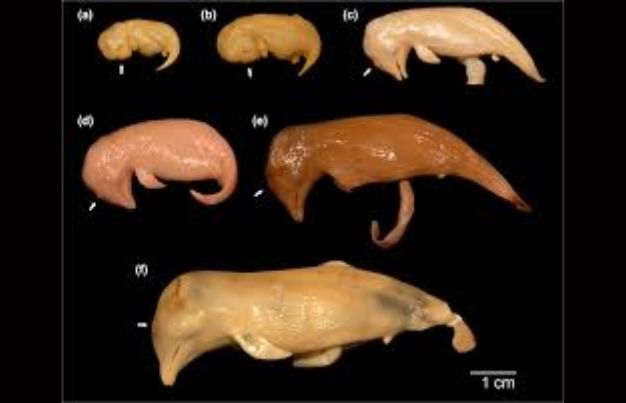
Dolphin Information and Facts About Embryo Development
Dolphin embryos develop inside the mother for 10–17 months depending on species. Like humans, dolphins have a placental connection and receive nutrients through the umbilical cord. Understanding dolphin embryo development helps marine biologists track population health and conservation needs.
This scientific insight also contributes to comparative studies in mammalian reproduction, showcasing how advanced dolphin biology is, despite living in water.
Conclusion: Why Dolphin Information Matters
Dolphins are more than just intelligent marine mammals—they are indicators of ocean health, sources of scientific discovery, and beings with their own complex social structures. From the well-known bottlenose dolphin to the rare and endangered Hector’s dolphin, every species holds ecological and educational value.
Whether you’re searching for dolphin information for kids or want to understand dolphin embryo development, it’s essential to promote awareness and protect these species. The more we know, the better equipped we are to safeguard our shared marine environment.
FAQs About Dolphin
1. How does it feel to spread dolphin information?
Spreading dolphin information feels incredibly rewarding. These animals embody intelligence, empathy, and beauty. Sharing insights about them promotes awareness, conservation, and curiosity—especially among children. By educating others, we contribute to global efforts to protect dolphins and their habitats.
2. Why is knowing information about embryo development important? (Using dolphins as an example)
Understanding dolphin embryo development is crucial for studying their health, reproductive rates, and environmental stress impacts. For example, pollution in waters can lead to embryonic deformities. Studying these effects allows scientists to act proactively, ensuring both dolphin and ecosystem survival.

